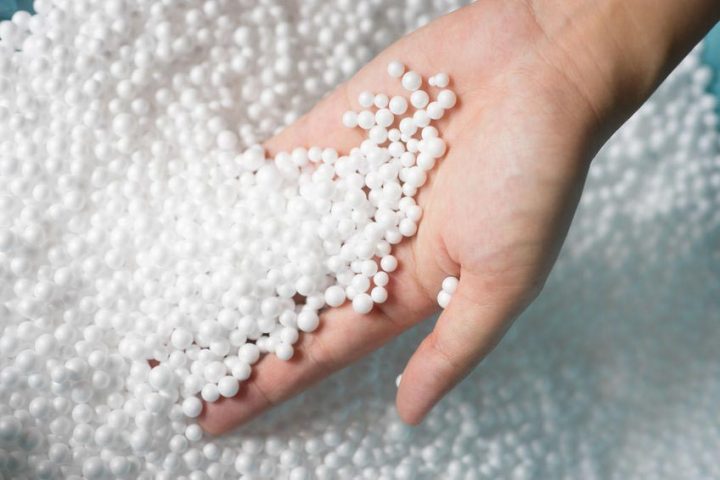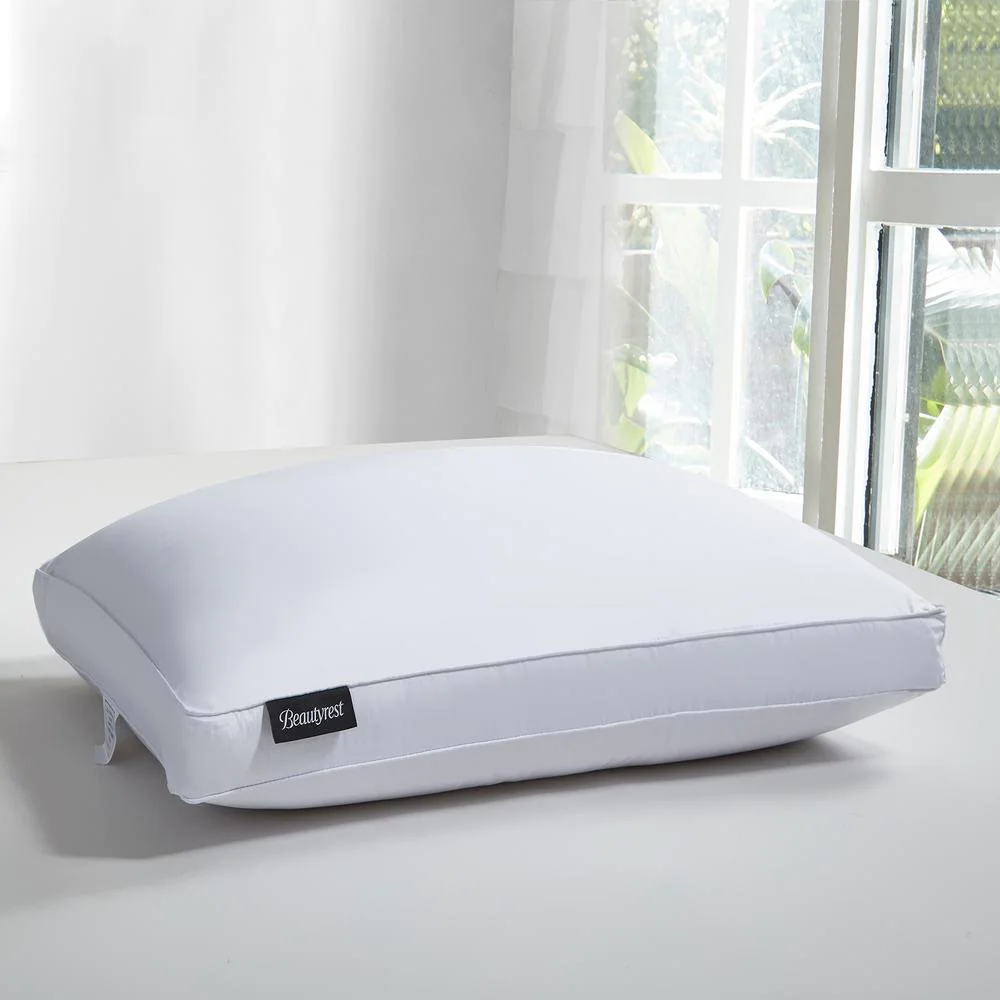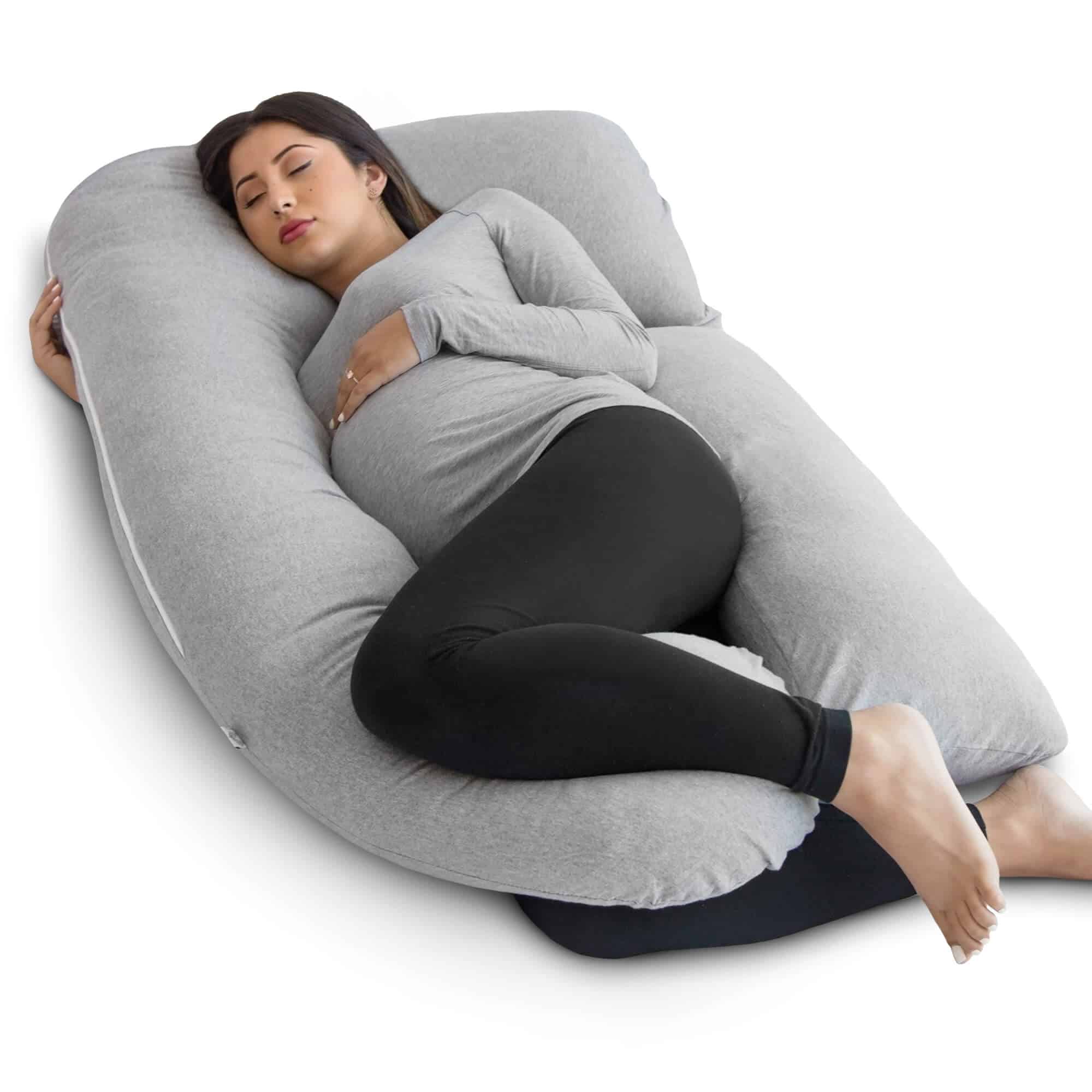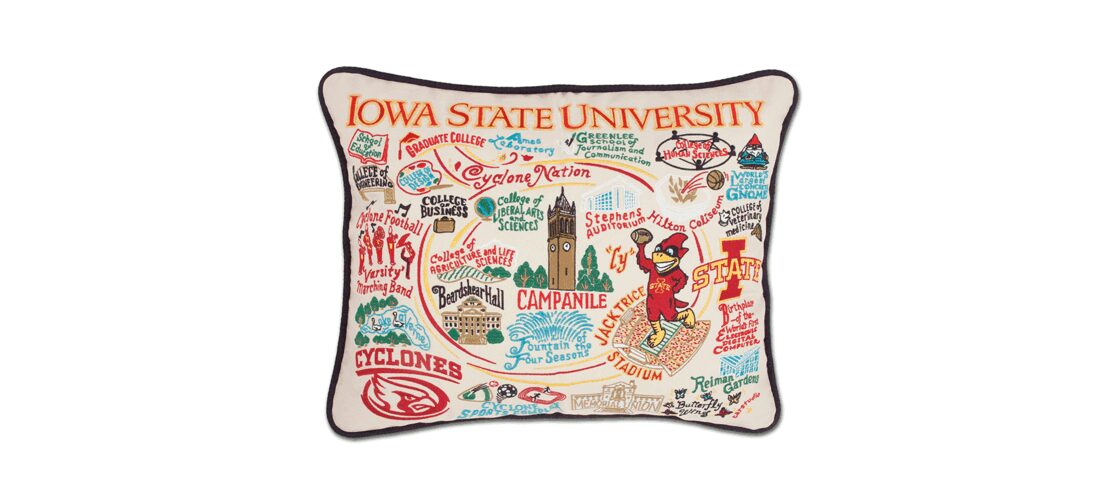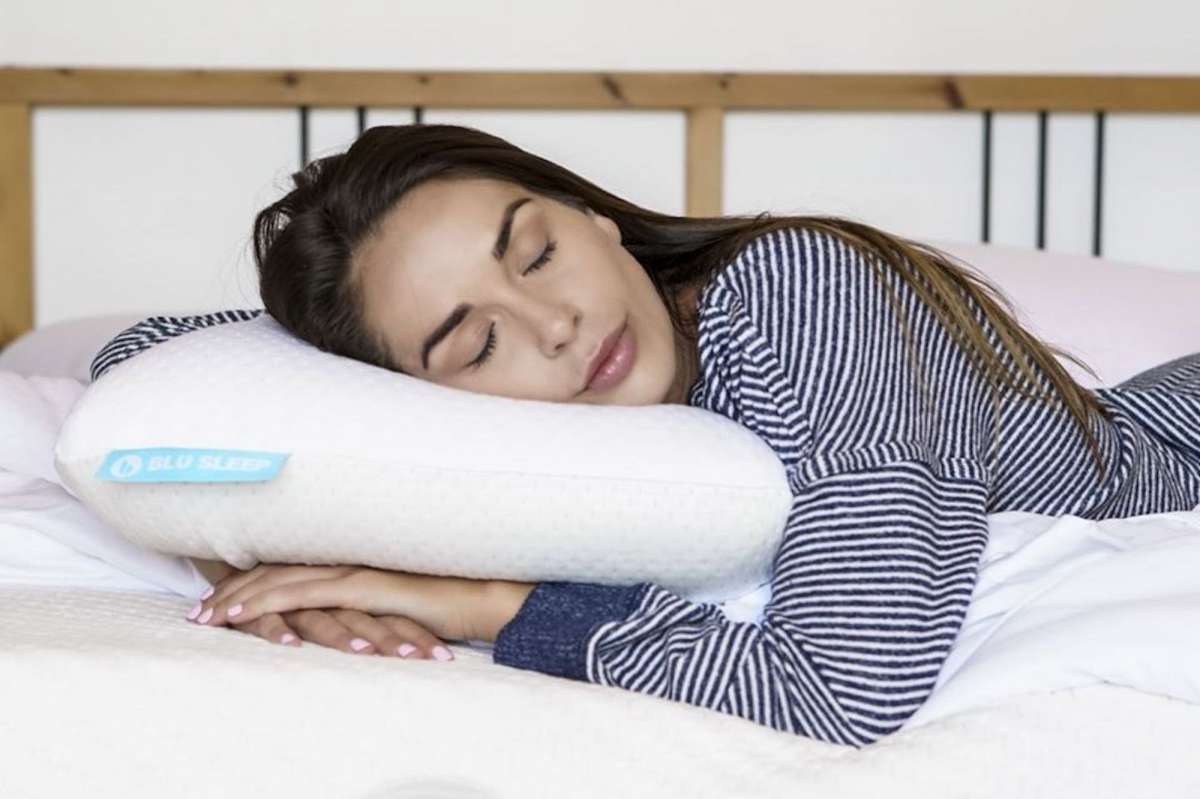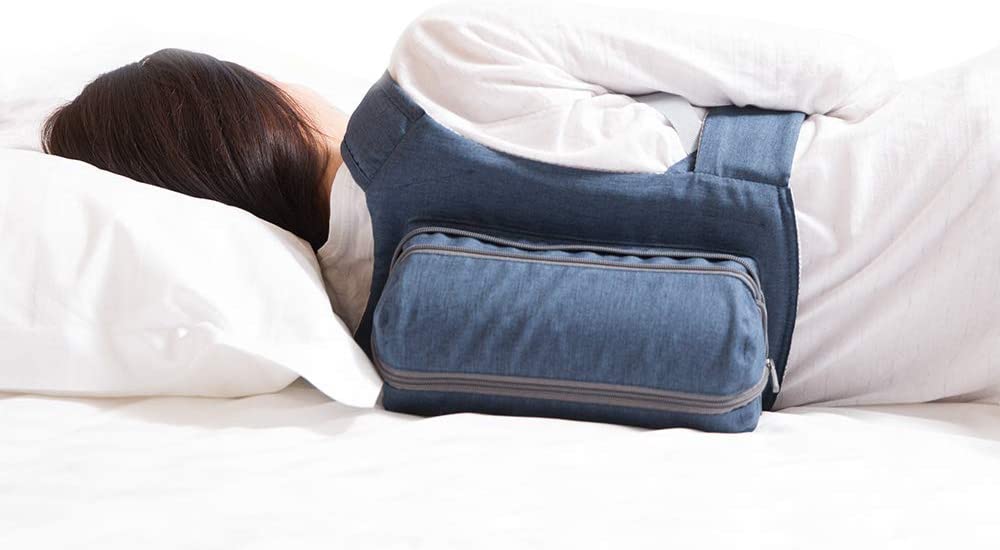
Most users seem to prefer pillows over the other positioning devices. The apparent reasoning is that there is basically no interference at all with their lifestyles.
There may be a slightly higher degree of comfort to the user than with other positioning devices. The big question is are the pillows beneficial.
The answer will be that it depends on the individual, their health conditions and design of the pillow mechanism.
When you move in your sleep you must have a pillow with slots or sleeves for your arm or an attachment that keeps you off your back, in a snit position, elevated from the waist up or in whatever position your condition requires.
If it does not secure you in some way it does not matter what is stated, it will not benefit you if you move off the pillow in your sleep.
Also even if the pillow has the attachments and you do not use them you will not benefit if you move in your sleep.
Shirts, Vests and Backpacks have the advantage over pillows of allowing freedom of movement in bed while asleep. As long as it is of a good design (some input below) you can be fairly confident you will not roll onto your back while asleep.
Unlike pillows you know there is some resistance behind your back but you also have freedom of movement and to move your arms. This is a huge benefit to a user with rotor cuff repair, a shoulder problem, a toss and turn sleeper or everyone that moves at all in their sleep.
Shirts, Vests, Backpacks and Body Braces with limiting on the back mechanisms also need to be evaluated when it comes to keeping you reliably off your back.
Many allow you to almost reach a supine position before they either become uncomfortable (ball or hard foam) or are positioned on the lower area of back to allow shoulder to twist toward bed and therefore head to be facing upwards (tongue and tissues fall back and may obstruct airway.
The general recommended placement of the limiting mechanism is between shoulder blades on the spinal area where even if the lower upper body twists toward bed your shoulder will stay elevated and your head will lay sideways and tongue and tissue will fall to the side of mouth which will help the airway stay clear.
Many use a t-shirt to accomplish this task.
At home try a t-shirt on backwards with a ball in pocket (even though the pocket will not be centered on the spine) and simulate movement in your sleep by rolling back and forth from side to side on your bed and see how long the pocket stays in place.
Try the same thing with a pajama top on backwards (have your partner button it).
This type of top will not easily stretch (like a t-shirt) and will normally be better at keeping limiter on or near spine.
Vests are not as dependable in keeping limiter on spine as a shirt but depending on limiter dimensions and placement perform similar and they should not be made of stretch type materials.
Body Braces like pillows must be of a good design to reliably keep you off your back.
Backpacks will in most cases work well keeping you off your back and if designed only for sleeping can be comfortable and reliable.
Also of great importance is the design of the limiter. Some use Air Bladder. Some use Flexible Type Foam. Some use Hard Foam.
Some use a Wiffle or Tennis Ball (which will not usually be sized within the shown guidelines).
Size of Limiter including depth and width or diameter should be at least ¼ to 1/3 of width across shoulders ( in other words somewhere between 5″ and 9″) (depth and width or diameter)and being 10″ to 15″ in length for most users.
This in most circumstances will prevent rolling onto your back while asleep. The limiter also needs to begin at shoulder blade area and extend along spinal area towards lower back for better outcomes.
I have slept with all of the above and the most dependable and comfortable for me were the Air Bladder and Flexible Foam. Advantage of Air Bladder is weight.
Disadvantages are that Air Bladder feels a little stiff and may leak which can become aggravating. Advantages of Flexible Foam are long useful lifespan with a reliable consistent pillow feel.
Disadvantage is when not laying in bed there is more weight to foam than air bladder.
Backpacks, Shirts and Vests with frontal attachment mechanisms are also easier for users to put on and take off especially with the limiter on back.
With most positioning products available today only Air Bladder and Flexible Foam are designed to keep you off your back while not disturbing your sleep.
In conclusion, there is plenty of detailed information available about Positive Pressure, Dental Devices and Surgery available.
When it comes to Positioning there is very little with the exception of using the old method of sewing a pocket on the middle of the back of a tee shirt and inserting a tennis ball in it.
An inclusion of the importance of the above type of products to positional therapy would appear to benefit the sufferer of some sleep conditions.
These products while not necessarily limited to the following include pillows, shirts, backpacks and braces. Any of which may benefit the positional patient.
The reality is that there are devices being marketed that are priced very reasonable, are comfortable and work for many positional sufferers which may not have some of the drawbacks that other therapies might have.

